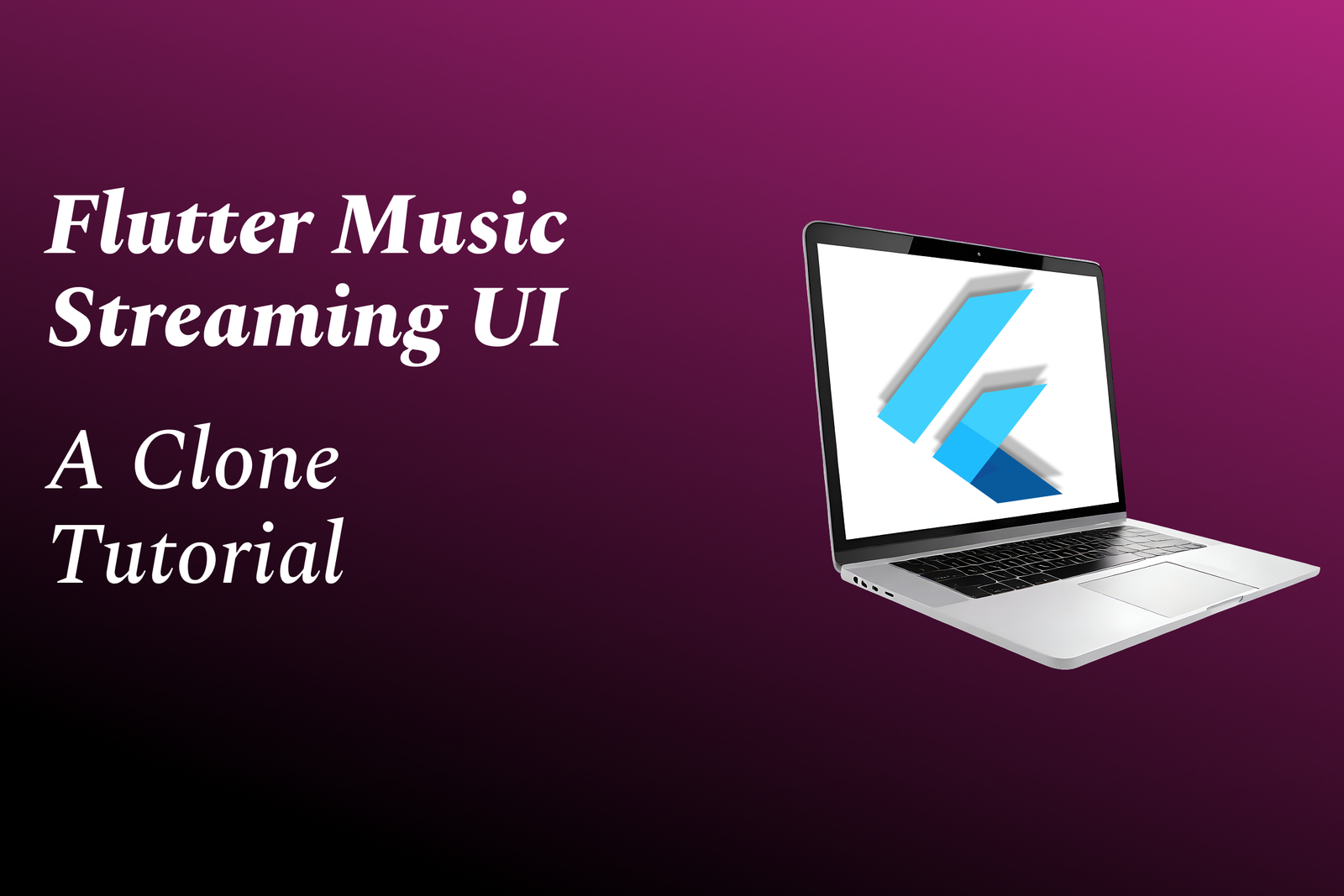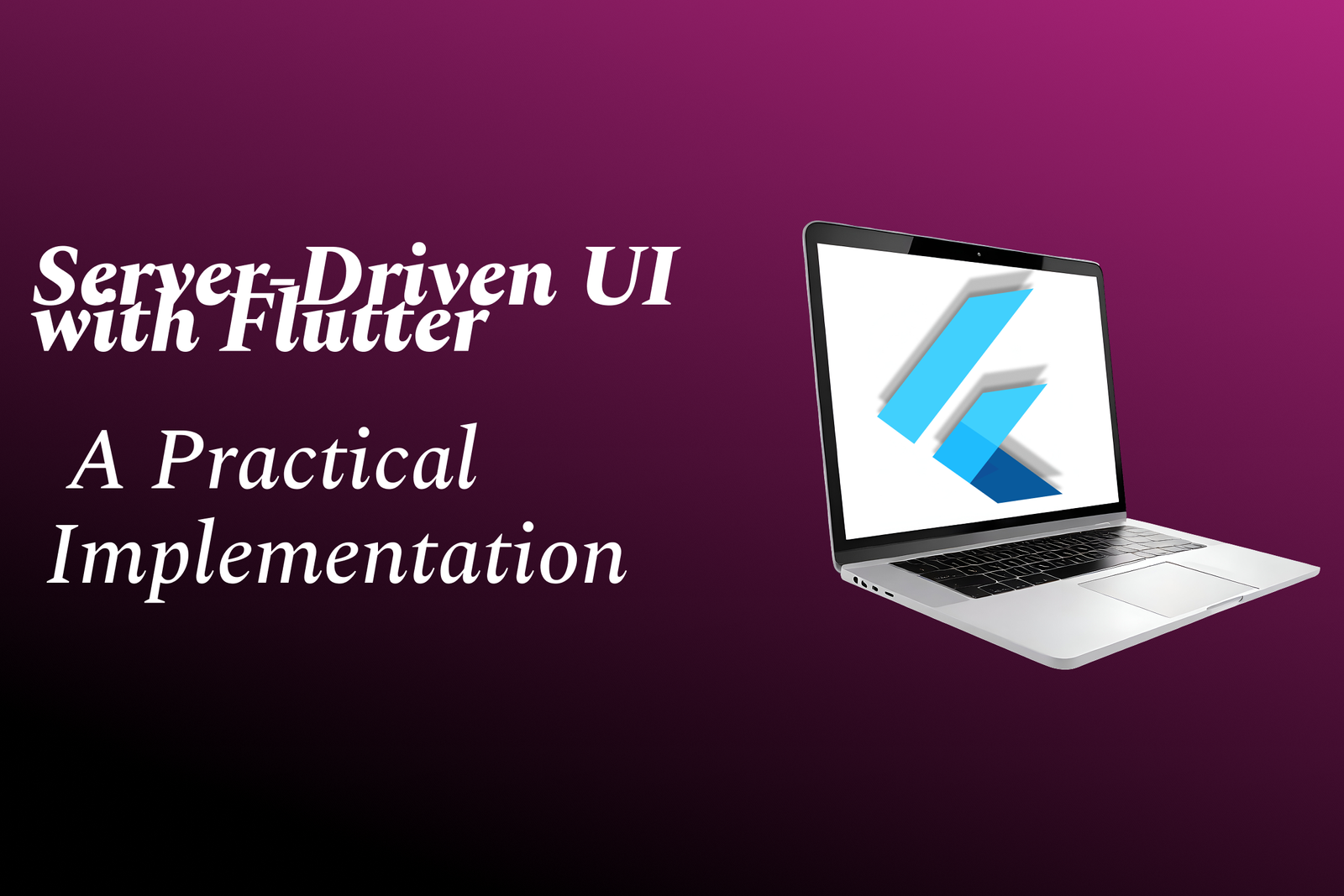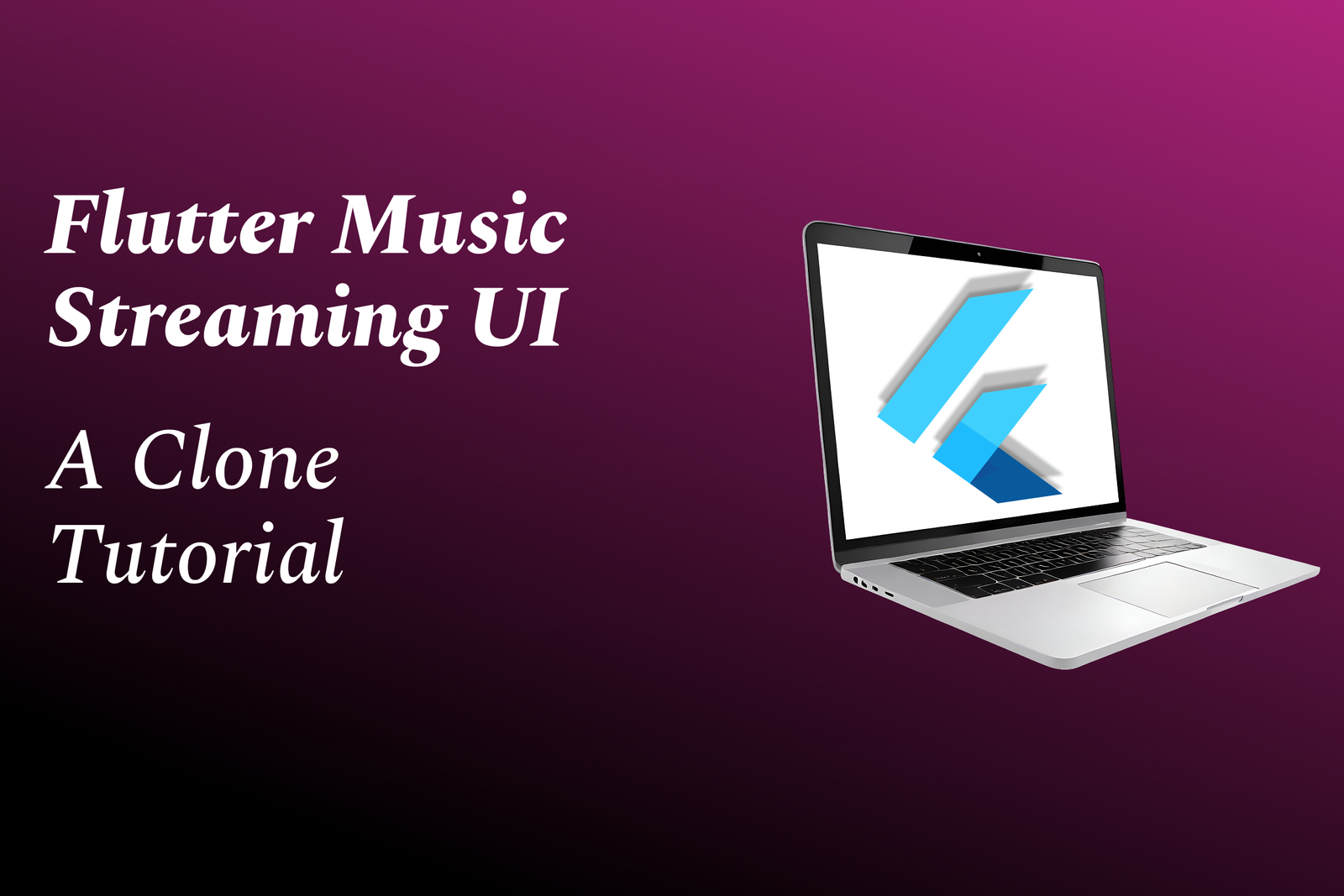Hindi Unicode Program Php
Hindi Unicode in PHP refers to the use of Unicode encoding to handle and display Hindi text correctl
Hindi Unicode Program Php
Hindi Unicode in PHP is essential for developing multilingual websites that support the Hindi language, enabling the proper display and processing of Hindi characters. By using Unicode encoding, PHP applications can accurately handle Hindi text, ensuring that content appears correctly across different browsers and devices. This approach is particularly useful for creating user-friendly interfaces, maintaining data consistency, and providing a seamless experience for Hindi-speaking users, making web applications more accessible and inclusive.
To Download Our Brochure: https://www.justacademy.co/download-brochure-for-free
Message us for more information: +91 9987184296
Hindi Unicode in PHP is essential for developing multilingual websites that support the Hindi language, enabling the proper display and processing of Hindi characters. By using Unicode encoding, PHP applications can accurately handle Hindi text, ensuring that content appears correctly across different browsers and devices. This approach is particularly useful for creating user friendly interfaces, maintaining data consistency, and providing a seamless experience for Hindi speaking users, making web applications more accessible and inclusive.
Course Overview
The ‘Hindi Unicode Program PHP’ course provides a comprehensive introduction to handling Hindi text in PHP using Unicode. Participants learn how to encode, display, and process Hindi characters correctly in web applications, enabling the development of multilingual sites with proper Hindi language support through practical, real-time projects.
Course Description
The ‘Hindi Unicode Program PHP’ course teaches how to handle Hindi text in PHP using Unicode, enabling seamless multilingual web development through practical projects.
Key Features
1 - Comprehensive Tool Coverage: Provides hands-on training with a range of industry-standard testing tools, including Selenium, JIRA, LoadRunner, and TestRail.
2) Practical Exercises: Features real-world exercises and case studies to apply tools in various testing scenarios.
3) Interactive Learning: Includes interactive sessions with industry experts for personalized feedback and guidance.
4) Detailed Tutorials: Offers extensive tutorials and documentation on tool functionalities and best practices.
5) Advanced Techniques: Covers both fundamental and advanced techniques for using testing tools effectively.
6) Data Visualization: Integrates tools for visualizing test metrics and results, enhancing data interpretation and decision-making.
7) Tool Integration: Teaches how to integrate testing tools into the software development lifecycle for streamlined workflows.
8) Project-Based Learning: Focuses on project-based learning to build practical skills and create a portfolio of completed tasks.
9) Career Support: Provides resources and support for applying learned skills to real-world job scenarios, including resume building and interview preparation.
10) Up-to-Date Content: Ensures that course materials reflect the latest industry standards and tool updates.
Benefits of taking our course
Functional Tools
1 - Visual Studio Code (VS Code): A lightweight, highly customizable code editor that supports PHP development with a wide array of extensions. It offers syntax highlighting, autocomplete features, debugging tools, and integrated terminal, making it easier for students to write and test PHP scripts handling Hindi Unicode seamlessly. Its user friendly interface helps beginners learn coding best practices while enabling efficient project management.
2) PHP Development Server: Built in PHP server that allows students to run and test their PHP applications locally without requiring complex server setups. This tool is essential for practicing real time Unicode string handling, form submissions, and database interactions in a controlled environment, fostering practical learning through direct experimentation.
3) MySQL Database Management System: A popular open source database system used to store Hindi Unicode data securely. Students learn to configure charset settings, perform CRUD operations, and optimize storage, ensuring multilingual data integrity. Its widespread use in the industry helps learners build scalable backend solutions for multilingual websites.
4) Notepad++ or Sublime Text: Alternative lightweight text editors suitable for quick editing and scripting tasks. These tools support syntax highlighting for PHP and Unicode, enabling students to write and modify code efficiently. They are especially helpful for troubleshooting code snippets or small scale projects during the training.
5) Browser Developer Tools: Integrated tools within browsers like Chrome and Firefox that allow students to inspect web page elements, monitor network requests, and debug display issues related to Hindi Unicode content. Mastery of these tools helps identify encoding problems, optimize UI display, and improve troubleshooting skills for related challenges.
6) Unicode Character Map Tools: Specialized applications or online resources that provide direct access to Hindi Unicode characters. These tools assist students in understanding character codes, testing string inputs, and exploring special symbols, which enhances their practical knowledge of Unicode structure and implementation.
7) PHPMyAdmin: A web based interface for managing MySQL databases, enabling students to easily create databases, tables, and execute SQL queries without complex command line operations. It streamlines the process of inserting Hindi Unicode data, configuring charset settings, and ensuring compatibility across projects.
8) Git and GitHub: Version control systems used to track changes in projects and collaborate with peers effectively. Students learn to manage code repositories, handle different project versions, and share their multilingual PHP applications securely, fostering good coding practices and teamwork.
9) Localhost Servers like XAMPP or WAMP: Pre configured packages that set up Apache, MySQL, and PHP on students' systems. These tools simplify server setup, allowing learners to develop, test, and host Hindi Unicode supported websites locally before deployment, providing a practical environment for hands on training.
10) Online Validation and Testing Tools: Websites like W3C Markup Validation Service and Unicode Testers that help students verify the correctness of their code, test Unicode characters, and validate web pages. These tools aid in ensuring standards compliance, improving code quality, and debugging display issues.
11 - Code Versioning and Documentation Tools: Platforms like Markdown editors and project documentation tools that support organized project management. They assist students in documenting their code, understanding version history, and sharing detailed notes about Unicode handling techniques used in their projects.
12) Database Management Tools for Non MySQL Systems: Applications like pgAdmin for PostgreSQL or MongoDB Compass for NoSQL databases, used to demonstrate the versatility of Unicode storage across different platforms. These tools expand students' knowledge of database solutions compatible with multilingual data persistence.
13) Cloud based IDEs and Platforms: Online coding environments like Replit or Cloud9 that allow students to develop PHP projects in the cloud without local installations. They foster collaborative learning, project sharing, and access to resources from anywhere, supporting remote training initiatives focused on Hindi Unicode.
14) Testing Frameworks and Debuggers: Tools such as PHPUnit for PHP that facilitate automated testing of code involving Hindi Unicode strings. These frameworks help students develop robust, error free applications by regularly verifying code correctness and performance.
15) Custom Unicode Input Tools: Input managers or virtual keyboards that enable students to insert Hindi Unicode characters into their code or web forms easily. These tools help simulate user input scenarios, ensuring applications handle Unicode data correctly in real world situations.
This comprehensive suite of tools provides students with practical, real world exposure to the essential software and platforms involved in handling Hindi Unicode in PHP development, enabling a well rounded learning experience that blends theory with hands on application.
16) Bootstrap and Frontend Frameworks: These popular CSS frameworks help students design visually appealing, responsive websites that support Hindi Unicode content across all devices. Learning to integrate Unicode support into the front end ensures seamless user experience and consistency in multilingual web applications.
17) PHP Libraries for Unicode Support: Specialized libraries such as mbstring, iconv, and intl that extend PHP's native capabilities for handling multibyte characters. Students gain proficiency in implementing robust string manipulation, encoding conversions, and locale aware formatting for Hindi Unicode data.
18) Cloud Storage and CDN Services: Platforms like Amazon S3 or Cloudflare that assist in hosting and delivering multimedia content with Hindi Unicode labels efficiently. These services teach students about scalable content delivery, real time updates, and maintaining data integrity across distributed environments.
19) API Testing Tools: Postman or Insomnia tools that help students design, test, and debug APIs involving Hindi Unicode data exchange. Understanding how to handle Unicode in API responses and requests prepares learners for real world integration with third party services and mobile apps.
20) Continuous Integration and Deployment (CI/CD) Pipelines: Tools like Jenkins, GitHub Actions, or Travis CI that automate testing, deployment, and version control processes. Familiarity with CI/CD pipelines ensures students can maintain high quality multilingual projects with efficient workflows, reducing bugs related to Unicode handling.
21 - Data Visualization and Reporting Tools: Platforms like Tableau, Power BI, or Chart.js integrated into web applications to display Hindi Unicode data graphically. Students learn to present complex multilingual datasets visually, enhancing data comprehension and presentation skills.
22) Web Accessibility Tools: Tools such as WAVE or AXE that ensure Hindi Unicode web content is accessible to all users, including those with disabilities. Incorporating accessibility standards helps students build inclusive websites that support multilingual content seamlessly.
23) Web Hosting Platforms: Services like Netlify, Vercel, or traditional hosting providers enabling deployment of multilingual PHP websites. Students learn deployment workflows, environment configuration, and search engine optimization (SEO) for Hindi content.
24) Multilingual Content Management Systems (CMS): Systems like WordPress, Joomla, or Drupal that natively support Hindi Unicode content management. Understanding these CMS platforms helps learners develop and maintain large scale websites with dynamic multilingual content.
25) RESTful API Development and Consumption: Methods and tools to create and consume APIs that transfer Hindi Unicode data securely and efficiently. This skill enables students to develop scalable applications that communicate with various services while preserving multilingual integrity.
26) Security and Data Privacy Tools: Firewalls, encryption tools, and best practices to protect Unicode data and user information. Emphasizing security helps ensure that applications handling Hindi Unicode are resilient against threats and comply with data privacy standards.
27) Cross Browser Compatibility Testing Tools: Services like BrowserStack or Sauce Labs allow students to test their Unicode supported websites across multiple browsers and devices. Ensuring consistent display and functionality across platforms enhances the user experience.
28) Custom Plugin and Extension Development: Creating plugins/extensions for popular CMS or IDEs that facilitate Hindi Unicode support. This encourages innovative solutions for common challenges faced during multilingual web development.
29) Localization and Internationalization Software: Tools and frameworks designed to adapt applications for different languages and regions, such as gettext or PHP’s intl extension. These tools support students in building applications that are culturally and linguistically adaptable.
30) Community and Knowledge Platforms: Engagement with developer forums, Stack Overflow, and official PHP, Unicode, and web development communities. Participation fosters continuous learning, troubleshooting support, and sharing best practices for handling multilingual data.
Incorporating these additional tools and platforms into the curriculum enhances the depth and breadth of the training offered by JustAcademy. This comprehensive approach prepares learners to tackle complex challenges in developing, managing, and deploying PHP applications with robust Hindi Unicode support across various environments.
Browse our course links : https://www.justacademy.co/all-courses
To Join our FREE DEMO Session:
This information is sourced from JustAcademy
Contact Info:
Roshan Chaturvedi
Message us on Whatsapp: +91 9987184296
Email id: info@justacademy.co
free Selenium online training site youtube.com
Powerbi Certification Cost
Manual Testing for Beginners
Best Map For React Native
Best PHP Hindi Unicode Program: How to Handle Hindi Text Seamlessly in PHP
PHP Hindi Unicode Program: How to Work with Hindi Text in PHP Seamlessly
Hindi Unicode Handling in PHP: Complete Guide to Working with Hindi Text and Encoding
PHP Hindi Unicode Handling: Complete Guide to Working with Hindi Text and Encoding











